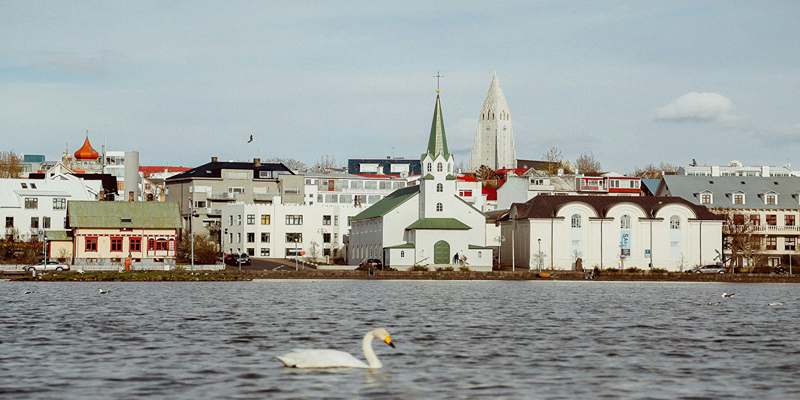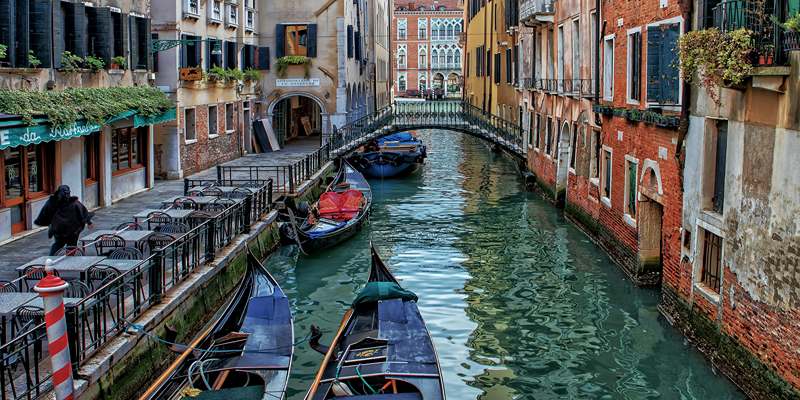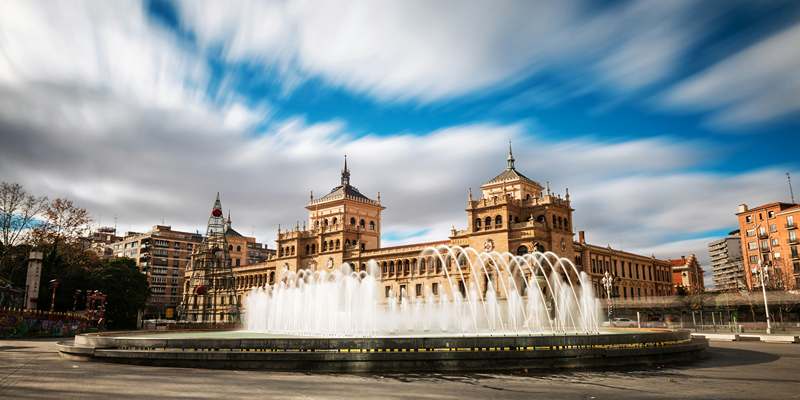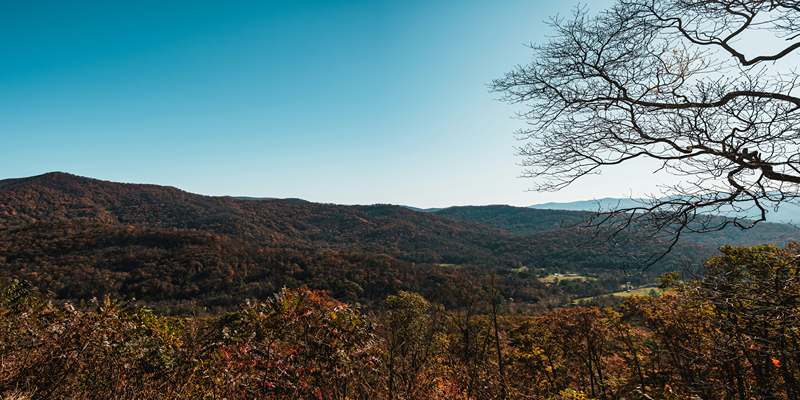One of the world’s most beautiful and solitary long-distance hikes can be found along Greenland’s Arctic Circle Trail. Between Kangerlussuaq and Sisimiut, the Arctic Circle Trail is located and covers beautiful tundra, huge valleys, and calm lakes. The trail is difficult and remote, so it’s necessary to plan and pack on your own. This guide explains what to expect, helps you pack for your journey, and prepares you to enjoy nature safely. Knowing the basic safety tips of remote trekking will help you create memories that last and stay safe. Keep reading to find out essential information about the land, essential tools, trip duration, and how to behave along the Arctic Circle Trail.

Preparing for Your Arctic Circle Adventure
Understanding the Trekking Arctic Circle Route
You start the Arctic Circle Trail in Kangerlussuaq and end it in Sisimiut, navigating more than 100 miles of wilderness. Because there are no roads, stores, or set shelters, hikers are forced to bring everything they need. You’ll follow trails, appreciate scenery around lakes, see Arctic animals, and view the ice sheet in Greenland. Hiking the route means you must be prepared and completely self-sufficient. Depending on how fast you hike and the weather, it usually takes from 7 to 10 days. The hike through Greenland’s wilderness is suitable for those wanting to experience nature unspoiled by people. Planning the route before you walk helps you get ready for anything you might encounter.
Best Time to Hike in the Greenland Wilderness
June through early September is the best time for hiking the Arctic Circle Trail. At this stage, the snow is probably gone, river crossings are safe, and the weather is improving. The duration of daylight allows hikers to set out whenever and stay visible for a long period. Even so, the weather can fluctuate a lot, even over short periods. If you begin the season too early, you might encounter snow, and hiking later might leave you walking on cold, slippery paths. Look at the forecast and the trail information before you leave. Hiking during the few short weeks of nice weather is hard but offers great payoffs to those who plan well.
Physical Fitness and Training Tips for Trekkers
Physical preparation is key for enjoying your Arctic trail hike. The route may not be mountainous, but it includes elevation changes, uneven terrain, bogs, and river crossings. Aim to build endurance through regular long-distance walks, strength training, and cardio. Practice hiking with a full backpack to simulate trail conditions. Incorporating hill workouts and learning to navigate using a map can improve confidence and reduce injury risk. Mental stamina is equally important—days can be long and weather challenging. A solid training regimen prepares your body and mind, ensuring you can complete the trail safely while enjoying the raw wilderness.
Essential Packing and Trail Gear Advice
Clothing and Equipment for Arctic Conditions
Packing for the Arctic requires layering and durability. Gloves, a warm hat, and thermal socks are must-haves. Durable hiking boots that can withstand wet terrain are essential. A high-quality backpack (50–70 liters) with rain protection will carry your supplies. Include a sturdy tent, sleeping bag rated for cold temperatures, and an insulated sleeping pad. Headlamps, trekking poles, and a repair kit round out your gear. Every item must serve a purpose—there are no stores to replace forgotten equipment. Balance weight with necessity to stay comfortable and safe.

Food, Water, and Cooking Gear Essentials
Since the trail has no food resupply points, hikers must bring all their meals. Dehydrated meals, trail mix, energy bars, and oats are popular choices for weight and energy. A lightweight stove, fuel, cooking pot, and utensils are necessary for preparing hot meals. Water is abundant along the trail from lakes and streams, but always use a filter or purifier. Plan meals by calorie needs, aiming for high-energy foods that won’t spoil. A bear canister isn’t required, but food should be stored securely. Efficient food planning ensures you stay fueled without overpacking—critical for a successful trek across Greenland’s wild.
Navigation, Safety, and Communication Tools
Even though the Arctic Circle Trail is marked, navigation skills are essential. Bring a detailed map, compass, and GPS device. Learn to use each tool before your hike. Carry a personal locator beacon (PLB) or satellite messenger, as cell service is nonexistent. A basic first aid kit with blister treatment, pain relievers, and wound care items is vital. Include sunscreen, insect repellent, and an emergency blanket. Let someone know your route and check-in plan.
Trail Experience and Wilderness Insights
Key Highlights Along the Arctic Circle Trail
The Arctic Circle Trail offers breathtaking scenery unique to Greenland’s wilderness. Hikers pass through glacial valleys, rolling tundra, sparkling lakes, and mountain ridges. You’ll encounter remote huts (basic and first-come, first-served), perfect for rest or shelter from weather. Watch for Arctic foxes, reindeer, and birdlife. Popular stops include Canoe Center, Ikkattooq Hut, and Innajuattoq.
Camping, Wildlife, and Environmental Tips
Camping along the trail is mostly wild, though huts are spaced at intervals. Choose flat, dry ground at least 200 feet from water sources. Respect wildlife by observing from a distance and securing food away from your tent. The ecosystem is fragile; always practice Leave No Trace principles. Pack out all trash and avoid disturbing plants or animal habitats. Greenland’s wilderness offers quiet, pristine beauty, and it’s the responsibility of each hiker to protect it.
Cultural Respect and Leave No Trace Practices
While the trail is mostly remote, it ends in Sisimiut, a vibrant Inuit community. Be respectful of local customs and communities. Learn basic Greenlandic greetings, support local businesses, and follow signage and local guidance. Leave No Trace isn’t just about environmental stewardship—it includes respecting cultural heritage and minimizing impact. Do not remove natural or historical objects. Avoid loud behavior, and don’t leave markings or graffiti.
Conclusion
Trekking the Arctic Circle Trail in Greenland is a true wilderness experience, demanding preparation, respect, and endurance. From stunning landscapes to self-reliant travel, every mile offers a glimpse into one of Earth’s last untouched frontiers. This Greenland wilderness hike is not for the unprepared—but for those who take the time to plan and pack carefully, it promises extraordinary rewards. Embrace the silence, the solitude, and the spectacular terrain. With the right mindset and supplies, you’ll walk away with not just memories but a deeper connection to nature’s raw, powerful beauty.












